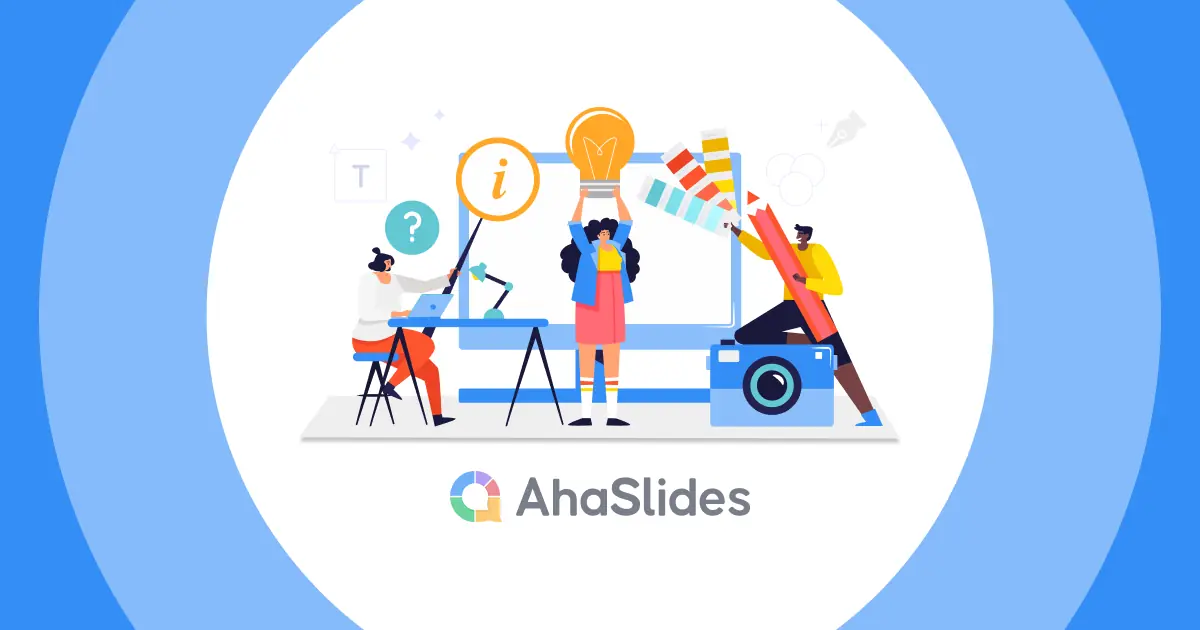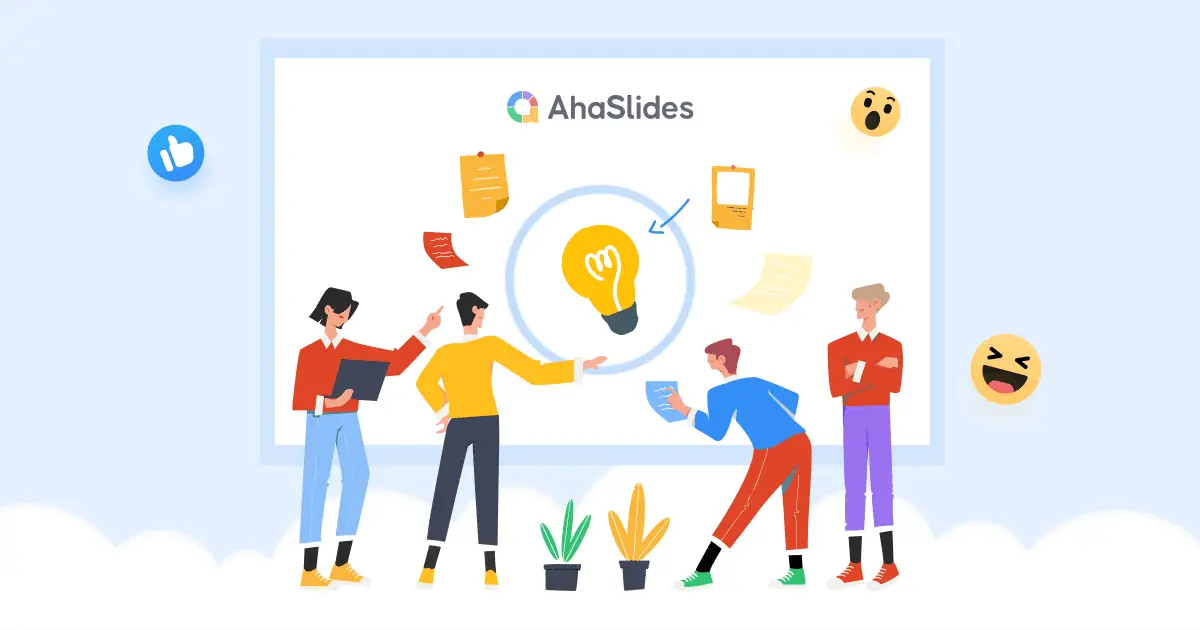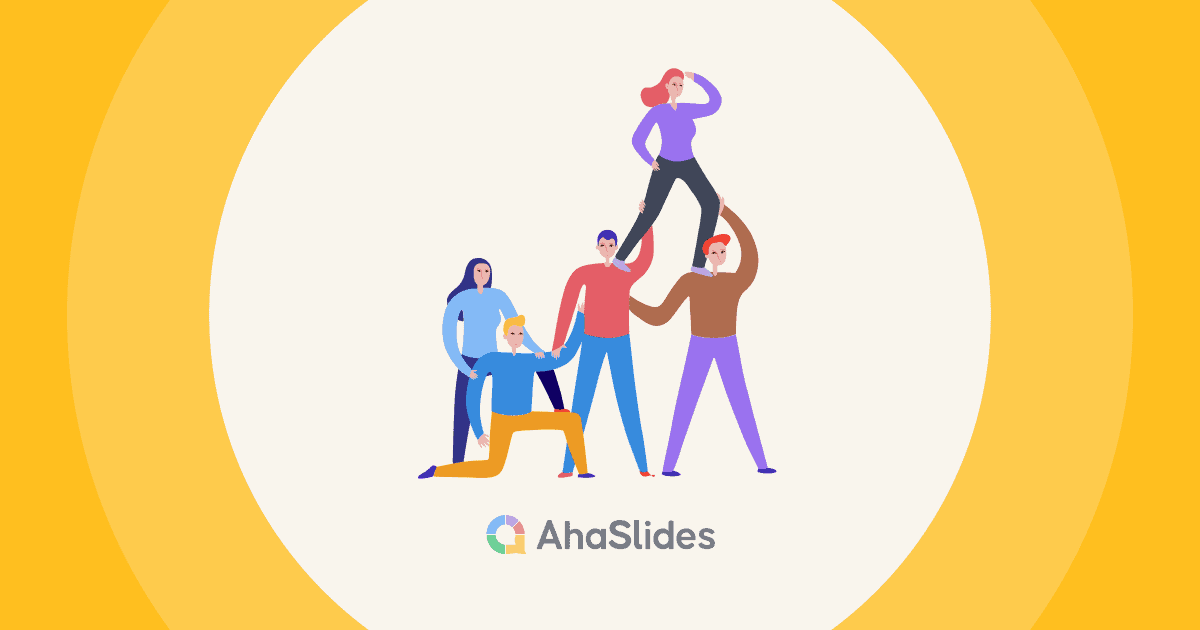
Leading an online webinar, class, or meeting with strangers can be overwhelming. But you can find common ground to engage your audience. One surefire icebreaker to show commonalities among your audience members is incorporating a word cloud at the beginning of your presentation. This can highlight your key topics and pique the interest of your crowd.
According to the 2024 BigMarker B2B Marketing Webinar Benchmark Report, audiences are more than three times as engaged during webinars that cover hot topics in a specific niche compared to those featuring less focused or more advanced content. By using a word cloud to highlight how your audience members are connected to each other, your presentations can be an opportunity for everybody to explore your niche topic holistically.
In this blog post, we will show you how to leverage word clouds for interactive introductions in your content. We will also give you some practical tips for using word clouds effectively and an overview of their benefits.
Benefits of Word Clouds for Interactive Introductions
Even though word clouds can be an extra step for a host or content creator, they offer several benefits to both you and the audience. Here are some advantages of using word clouds for interactive introductions:
- Visual Appeal: Word clouds provide a visually appealing way to present information. You can use them to make your content more memorable, clear, and accessible.
- Collaborative: Word clouds allow participants to contribute their own words and ideas, creating a sense of collaboration and shared purpose. Rather than simply sharing your content with an audience, you are creating a more inclusive platform that can grow into a community of followers.
- Brainstorming: You can use them for brainstorming, possibly developing into a mind map to boost your and their creativity. Word clouds can highlight which words or phrases resonate the most with your audience, survey respondents, or in your industry. It can help you identify which facets of a situation or idea are more interesting or pressing.
- Finding Common Ground: Word clouds help participants quickly identify common interests and themes, fostering a sense of connection and making it easier to engage in meaningful discussions.
How to Create an Engaging Word Cloud
So, what exactly goes into creating a word cloud that can spark engagement online? Here’s our step-by-step guide:
1. Choose a Tool
The word cloud tool you use can spell the difference between a quick and easy setup and a challenging, more complicated solution. Consider the following when choosing a word cloud tool:
- User-Friendly Interface: Visuals can be an effective tool for creating presentations and gathering audience feedback. For example, using a word cloud can help to make abstract data more digestible and engaging. To maximize effectiveness, choose one of the best word cloud generator tools that is intuitive and simple to use. A tool with a simple, clean interface will make the process easier for both you and the participants. Using the best word cloud generator will improve your presentations' visual appeal and help your audience understand key points faster. Furthermore, such tools can quickly analyze large amounts of text-based data, providing essential insights into trends or feedback from surveys and workshops.
- Real-Time Collaboration: Opt for a tool that allows real-time collaboration. This feature enables your participants to contribute their words simultaneously and can make the activity more engaging.
- Customization Options: Choose a generator with customization options for fonts, colors, and layouts. To maintain consistency, you should tailor the word cloud to fit the theme and aesthetic of your webinar or meeting.
- Integration Capabilities: Consider tools that can be easily integrated with your existing webinar or meeting platforms. This ensures a seamless experience for your participants.
AhaSlides is an excellent example of a user-friendly word cloud generator. It supports real-time collaboration and offers integration and customization options, making it an ideal solution for creating interactive introductions.
2. Collect Data
Try using these data collection methods for your class, content or webinar:
- Surveys: Send a pre-webinar survey asking participants to submit words or phrases related to your topic. This allows you to gather input in advance and prepare a word cloud that reflects your audience's interests and expectations.
- Chat Inputs: During the webinar, encourage participants to share their thoughts, keywords, or phrases in the chat. This real-time input can be quickly compiled into a word cloud, providing immediate visual feedback on common themes and interests.
- Polls: Use polls to ask participants specific questions, prompting them to submit words or short phrases in response. You can conduct these before or during the webinar and use the collected data to generate a word cloud highlighting the most popular responses.
3. Design Your Word Cloud
Customize the word cloud with appropriate fonts, colors, and layouts. You can either hire a designer or use built-in design options in the word cloud generator you are working with.
Remember to stay consistent with your color scheme. This can create a sense of cohesion and relevance between your word cloud and content.
4. Generate Your Word Cloud
Once you're satisfied with your word cloud design, save it to your computer (e.g., PNG, JPEG) for use in presentations or posts. Alternatively, you can share a live link from online generators like AhaSlides to let your audience view and interact with it in real time.

Using Word Clouds in Different Contexts
Word clouds are versatile tools in various contexts:
- In virtual meetings and webinars, word clouds serve as effective icebreakers by identifying common interests among participants and fostering engagement through interactive introductions. During sessions, real-time interaction with word clouds allows for dynamic data collection and visual representation of ongoing discussions.
- In online classes, word clouds facilitate student introductions by having them submit descriptive words, promoting community building and understanding of individual expectations. They also aid in gathering visual feedback on lessons or topics, enhancing comprehension and engagement.
- On social media and blogs, word clouds promote audience engagement by inviting followers to contribute words related to a topic, creating a collaborative experience. Additionally, they summarize content such as blog posts or articles, presenting key points in a visually appealing format for quick comprehension.
Practical Tips for Effective Word Clouds
When using word clouds, it can be easy to get distracted by the different opportunities while designing and developing the image. To stay on track, here are five best practices you should follow to create and use word clouds effectively:
- Clear Prompts: Use specific questions or prompts to guide word submissions effectively. You can read this guide on creating effective questionnaires to understand what you can ask your respondents.
- Inclusive Participation: Ensure everyone has an opportunity to contribute. Whether you gather data during a call or before your call, make sure that your data-gathering methods are accessible.
- Clarity in Design: To avoid clutter, use clear fonts and limit the number of words on display. Aim for a white background to show a clear contrast in color, and use easy-to-read fonts like Arial.
- Relevance: To stay on topic, filter out anomalies in your word clouds. Focus on meaningful words that align with session objectives as much as possible.
Involve Your Audience to Keep Them Engaged
In conclusion, incorporating word clouds into your online sessions offers a powerful way to spark engagement and foster community among participants.
By using clear prompts and inclusive participation, you can create a collaborative environment that highlights common interests and encourages meaningful interactions.
Whether in webinars, classes, or social media, leveraging word clouds not only enhances visual appeal and clarity but also strengthens audience engagement by making content more accessible and memorable.








